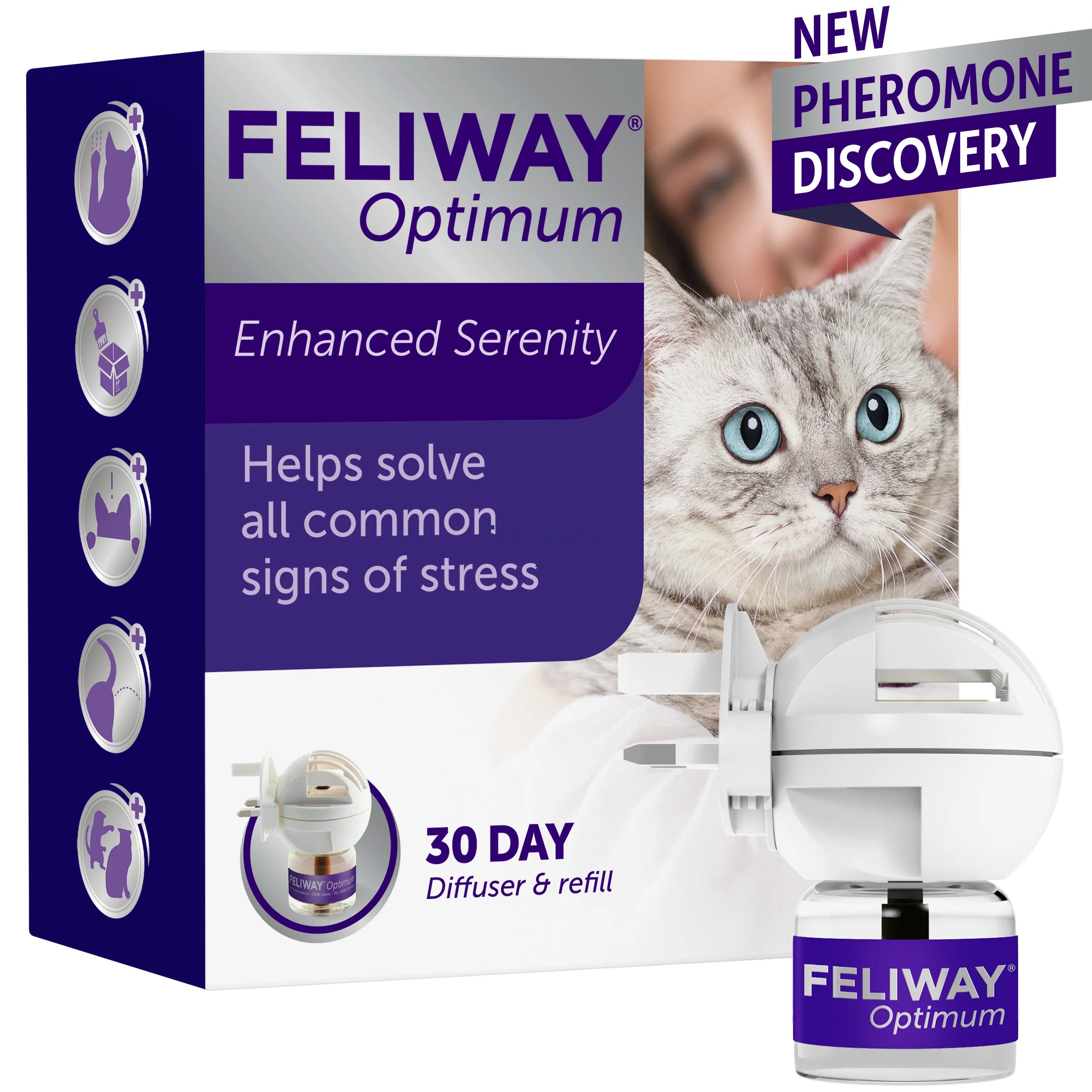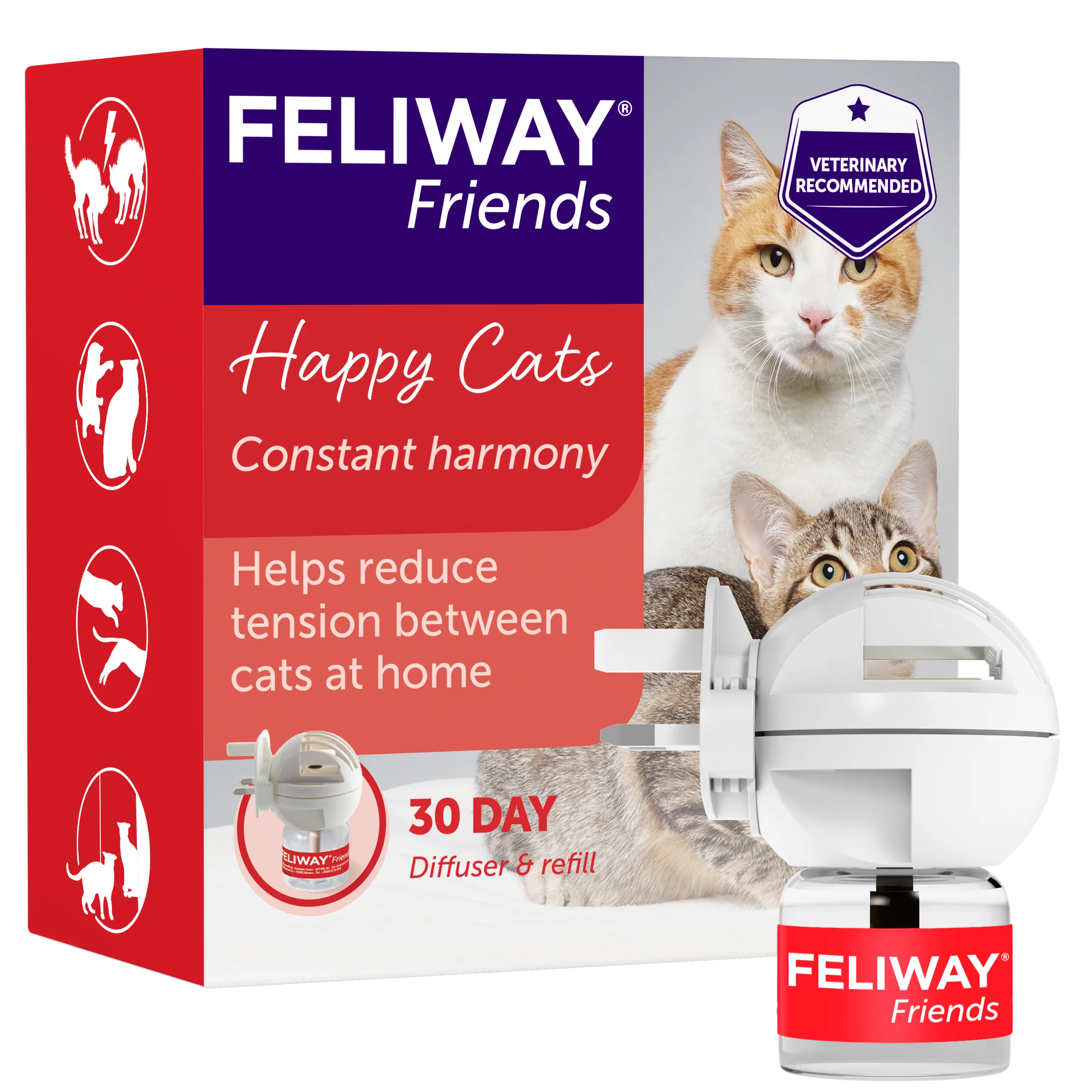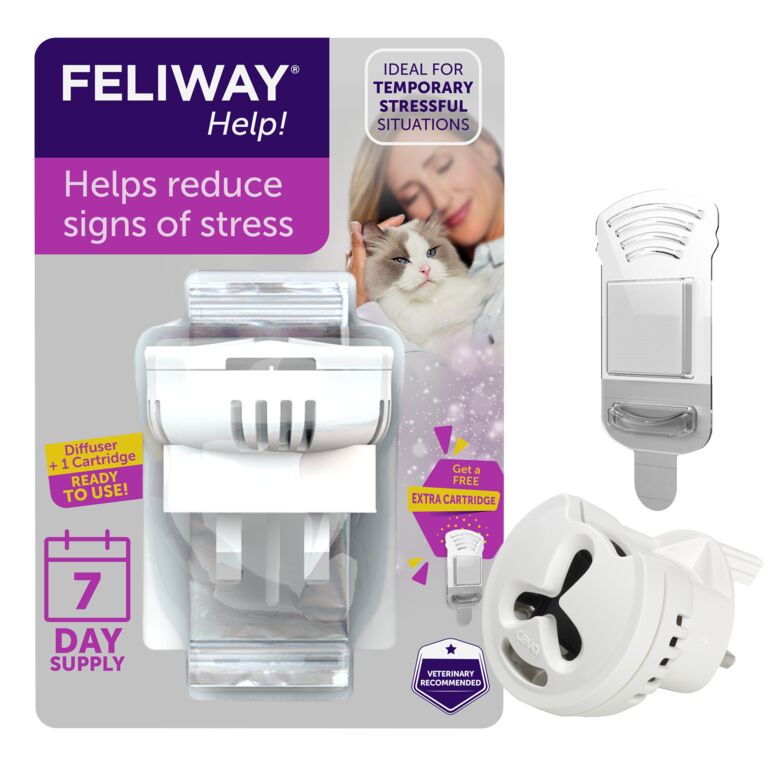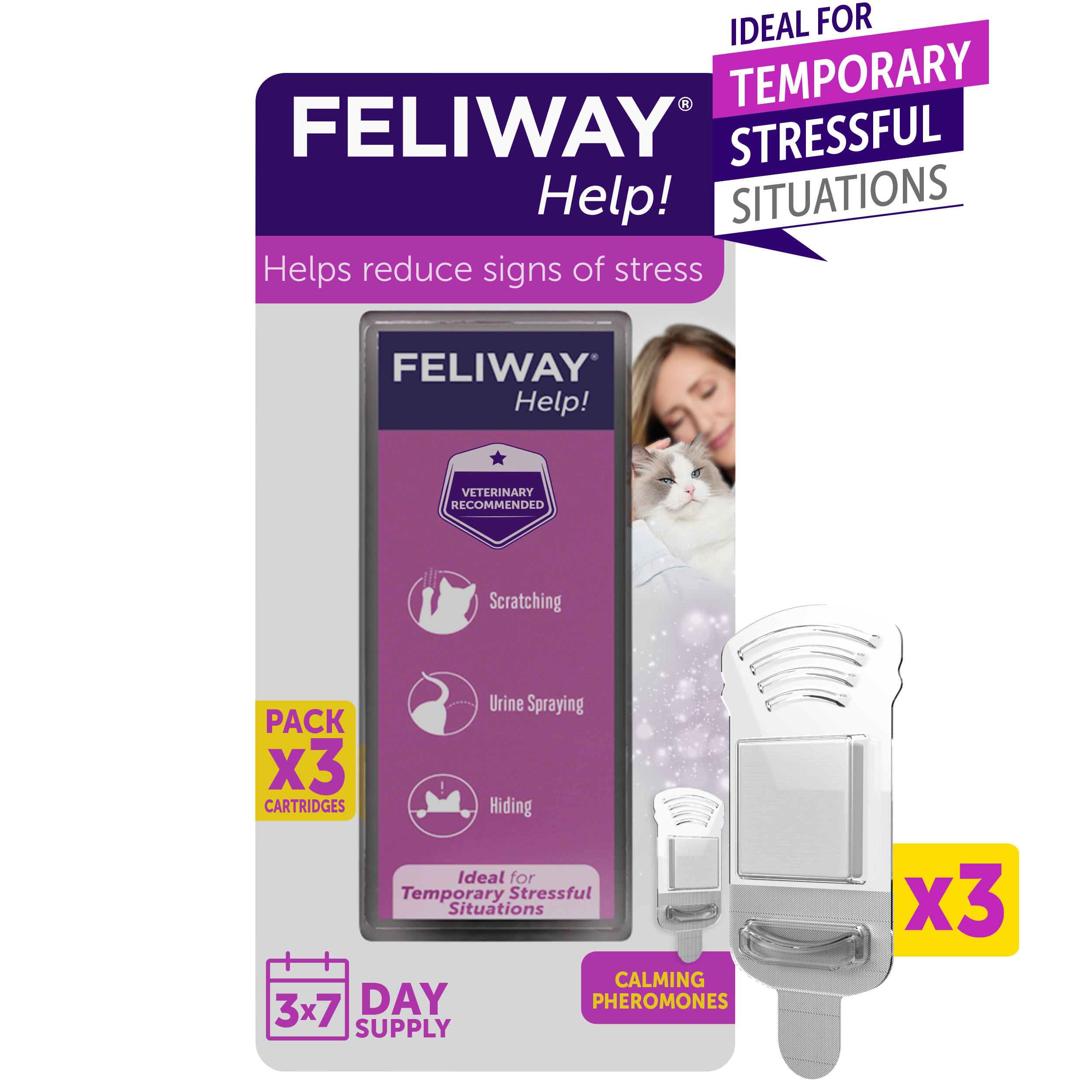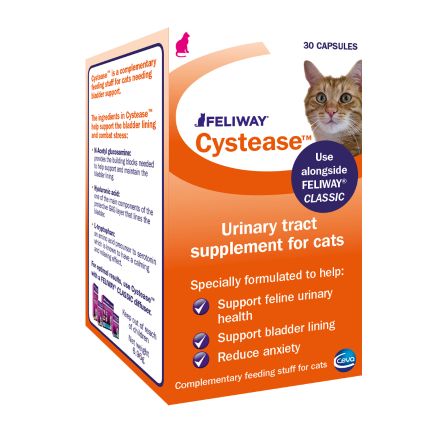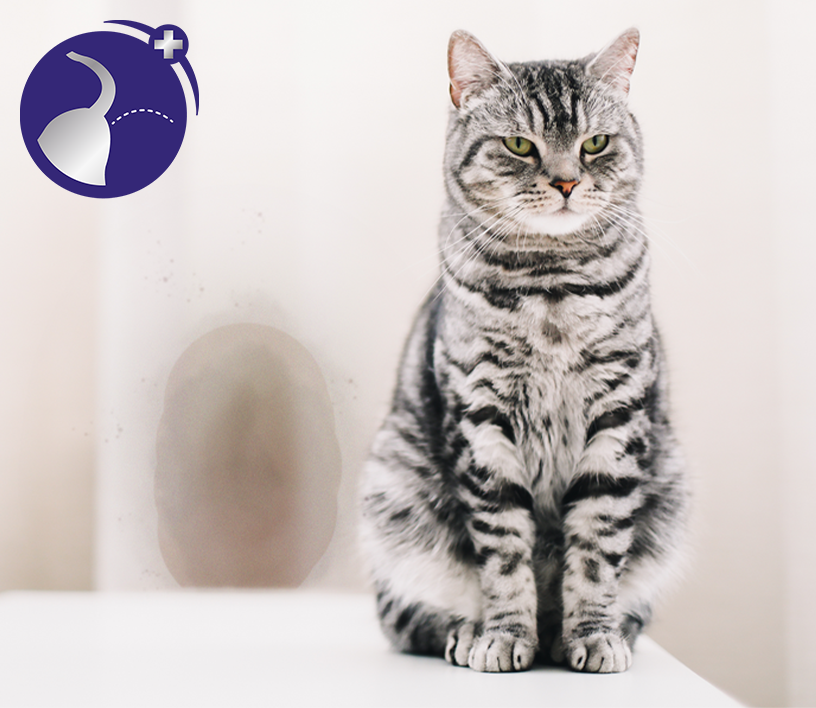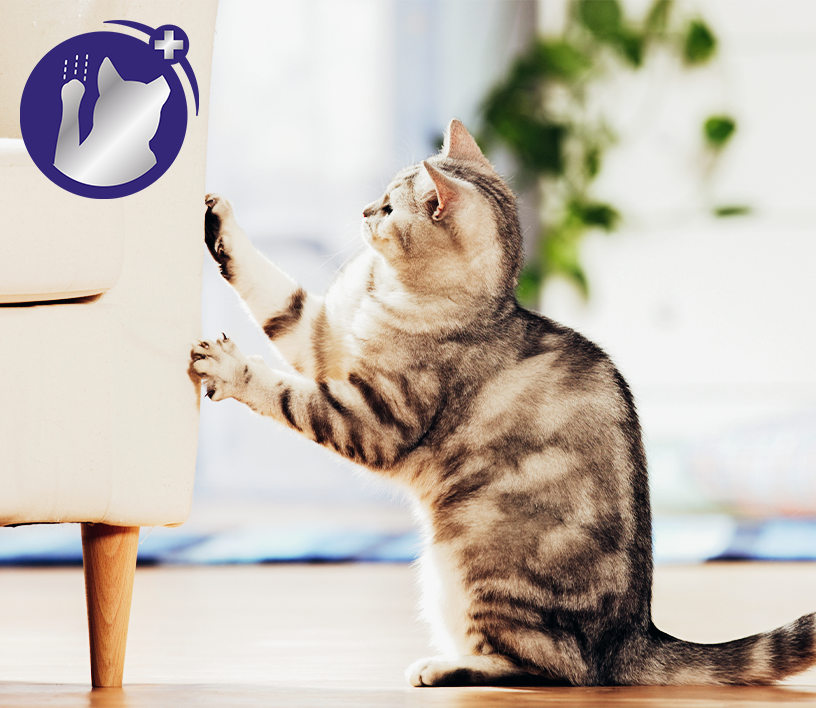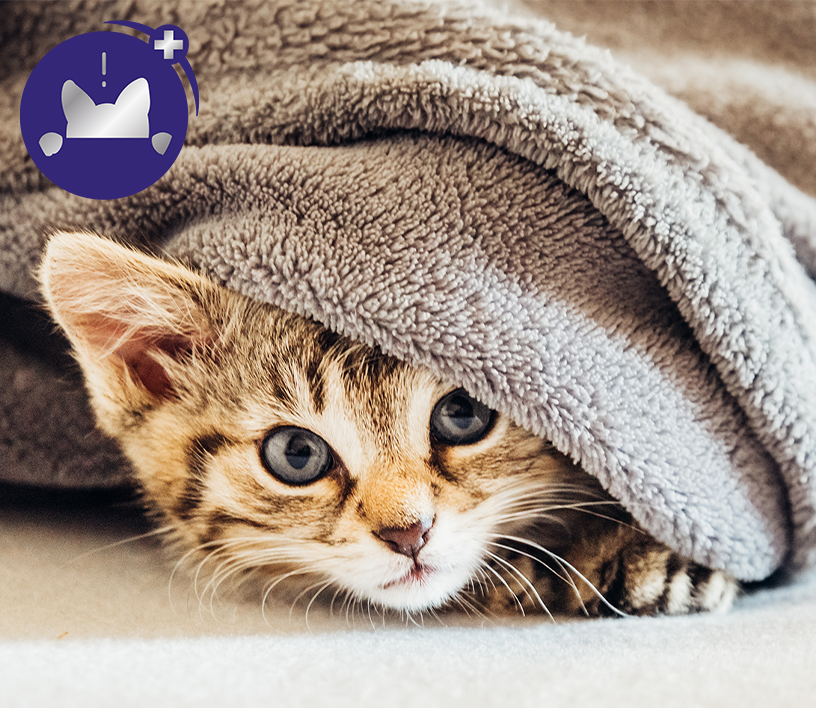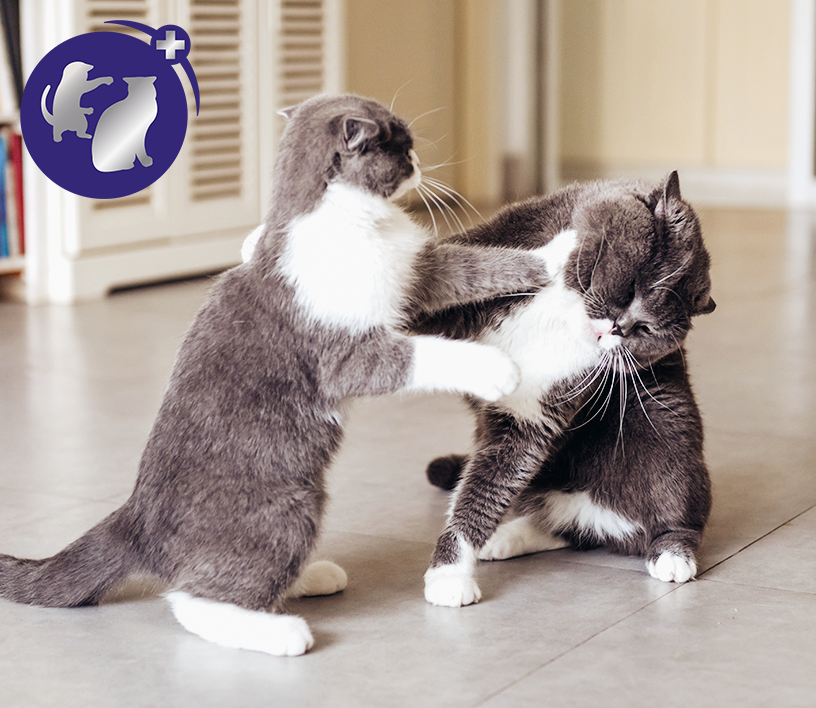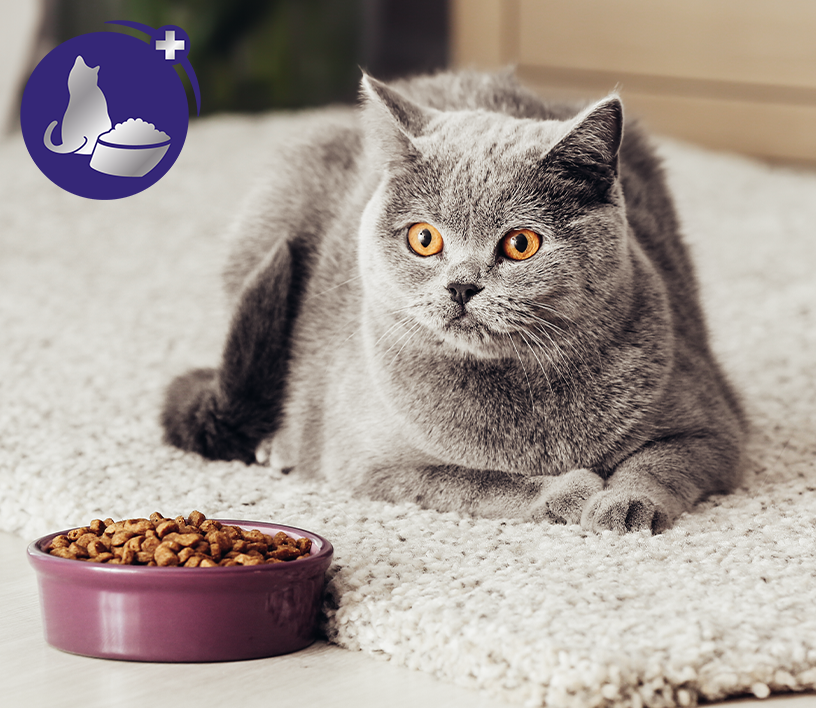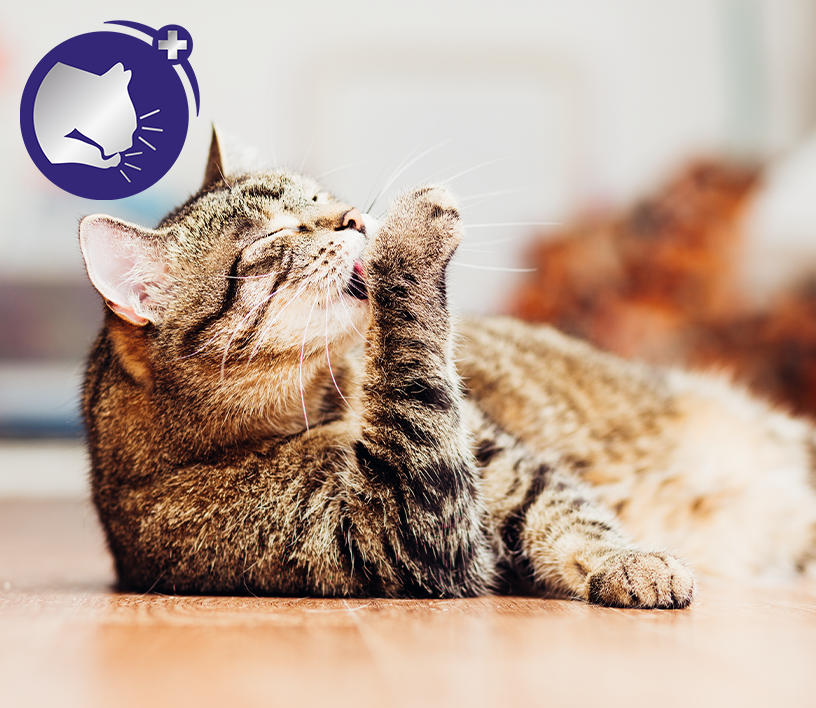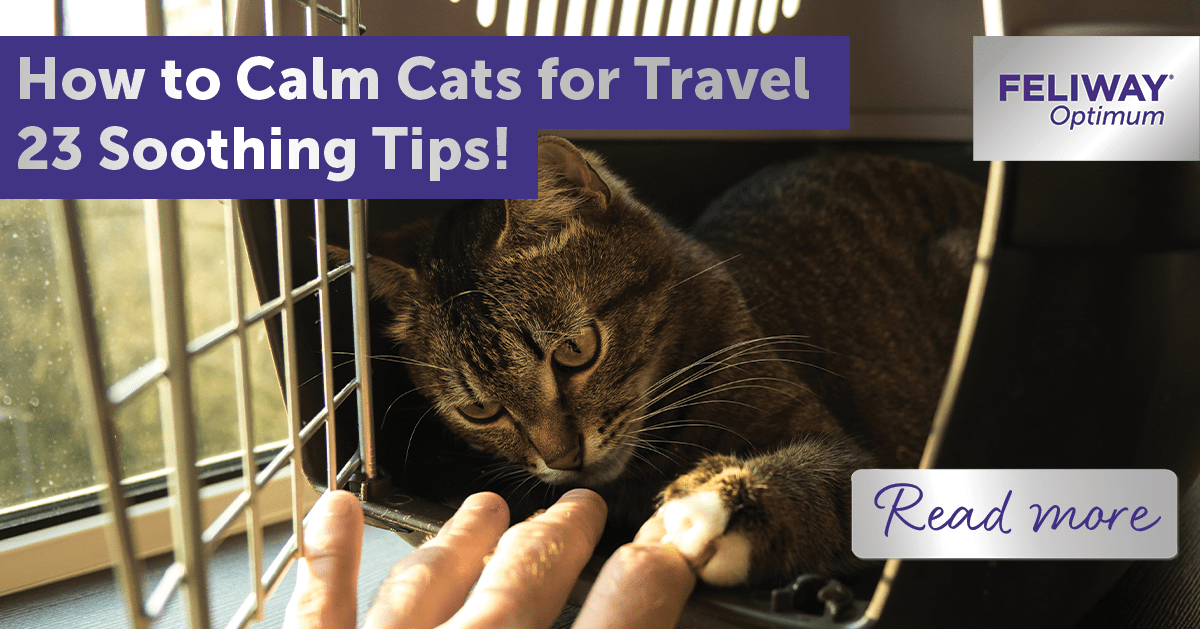
How to Calm Cats for Travel – 23 Soothing Tips!
Most cats like to stay in their own territory and have little experience of travelling. They are also creatures of habit and don’t cope well with change, especially if it means leaving their home.
Their ideal day to day scenario is having the run of the house, and/or garden, taking leisurely naps when they feel the need, and languishing on their favourite high spot watching the world go by. So, being enticed into a carrier, removed from their homely comforts and transported in a car with lots of different noises and smells, can be a stressful experience for them.
But there are measures you can take to help your cat feel calm for travel.
How to Calm Cats for Travel – 23 Soothing Tips!
The carrier
- It’s important that you have the right carrier for your cat. Just like ‘Goldilocks and The Three Bears’, it should not be too large, or too small, but has to be just the right size! Access is important too; you want your cat to easily be able to get in and out of the carrier on their own, so choosing a carrier that caters to their preferences will be a necessity.
Help your cat have a positive association with the carrier
- Don’t just bring the carrier out when your cat is due to visit the vet; leave the carrier out in your home, so it becomes part of your cat’s normal environment before using it for travel. The more your kitty gets used to the carrier, the easier it will be to transport them. We know that cats are inquisitive and if the carrier is around all the time, they will no doubt need to explore it and go in and out in their own time.
- Make it enticing with a comfy blanket, some treats and a favourite toy inside.
- Leave the door open so that they can access it in their own time. If the top can be removed, you could try taking this away for a time, leaving only the base for your cat to explore. When they seem comfortable, you can then add the top but leave the door open so that your cat does not feel trapped.
- Have it close by during your playtime, and perhaps if you are playing with a fishing rod toy, try dragging it across the carrier so that your cat gets the feel of it.
- Spray FELIWAY Classic Spray on the carrier and bedding, but make sure you leave 15 minutes between spraying and your cat coming into contact with the carrier.
- Once your cat gets used to getting in and out of the carrier without hesitancy, you can try closing the door for a few seconds initially, lengthening their time inside gradually.
- The next step will be to lift the carrier while they are inside and move it around the house.
- Keep an eye on your cat’s body language – if they start to show any signs of being anxious or uncomfortable, stop and go back a step.
- Always reward your kitty for good behaviour and being calm.
The journey
-
Prepare the car in advance – spray the area the carrier will be with FELIWAY Classic Spray.
-
Try to not feed your cat for 2-4 hours before travel to reduce travel sickness.
-
If you have more than one cat, they should each have their own carrier. The exception may be if you are travelling with a mother cat and young kittens – on these occasions, the mother cat will be able to help keep the kittens calm.
-
When your kitty is inside the carrier, check it is secure before you lift it – you want to avoid any escapes.
-
When moving your cat (in their carrier) into the car, try not to bump them into doorways/walls, and avoid swinging them too much (otherwise it can feel like a rollercoaster inside!). Ideally carry it under your arm so you are supporting the bottom of the carrier, and this also limits swinging.
-
Consider the music you play and perhaps play your kitty’s favourite tune. Classical music often works well!
-
Consider where the carrier will be placed. The footwell behind the front seats is advised as this position can stop the carrier moving around. Alternatively, place a towel/blanket under the carrier to try and keep it stable.
-
If you need to place it on the seat, make sure it is kept level; secure the carrier using the seatbelt. You may need to put a cover over the carrier to help your cat settle.
-
Avoid strong smells in the car, like air fresheners or smoking; cat’s have a very sensitive nose (14 times more sensitive than humans) and strong aromas in a confined space can send a cat’s senses into overload.
-
Drive as smoothly as possible and avoid any sudden stops.
-
Don’t combine the journey with a stop off elsewhere, like the supermarket. Keep the journey as brief as possible.
-
Talk to your cat! A friendly voice will help soothe them during the journey. If you have a passenger, get them to offer treats through the cage – but only if your cat is receptive, otherwise allow them to stay calm on their own.
-
Have an emergency cleaning kit in case your cat makes a mess in the carrier, so you can make them comfortable at your destination, before the return trip.
With careful training, you and your kitty can have lots of journeys together; if it’s not in the car, it could be by train – but whichever mode of transport, always make sure your kitty is fit, healthy and happy to travel.







